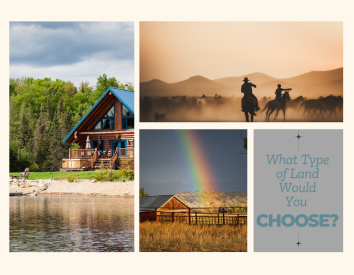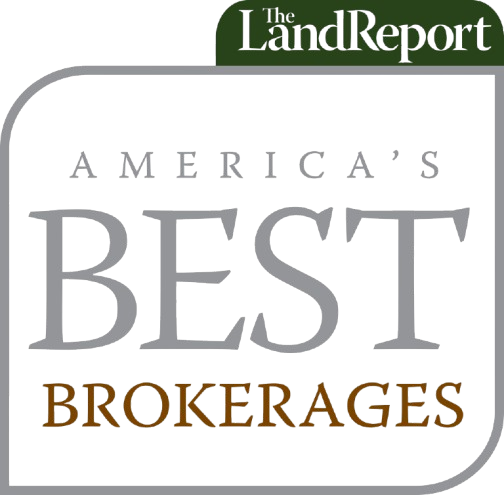What would you choose if you had the opportunity to reside on any type of land, irrespective of its size or location? Landthink posed this question to its readers, revealing that 35% of respondents favored a ranchette or farmette as their ideal living situation. Following closely were waterfront properties, which tied with rural undeveloped land. Historically, rural land, often referred to as ranchettes or farmettes, has been highly coveted. The COVID-19 pandemic has intensified this trend, as many Americans increasingly seek to escape urban environments in favor of more spacious and affordable living options. Residing in the countryside offers numerous appealing features, providing a personal slice of paradise.
Farmers can become quite annoyed if their operation is incorrectly labeled as a ranch. To sound knowledgeable, it’s important to note that a ranch is a specific type of farm dedicated to herding and raising livestock, such as cattle or sheep. The primary function of a ranch is to breed, raise, and sell livestock, while a farm is focused on cultivating and selling crops.
Large-acreage farms can be quite costly per acre, especially if the land is irrigated or highly productive. The price per acre is influenced by factors such as the availability of property in the area, any easements or encumbrances, potential land uses, and the demand for those types of properties.
A ranchette or farmette typically refers to properties of 40 acres or less, which are often more affordable. These smaller properties usually come with outbuildings, a home, and land designated for agricultural use. They can also generate income, enhancing their appeal. This setup allows individuals the opportunity to connect with the land and enjoy an agricultural lifestyle, all while managing a more manageable property size.
There are numerous reasons to consider investing in a farmette or ranchette.
Returning to Family Roots:
Farmettes are typically family-owned and operated, with everyone participating in daily activities for maintenance and upkeep. Children gain hands-on experience with nature, food production, and animal care and develop a strong work ethic and a sense of responsibility.
Environmental Education:
As children learn the skills needed to manage a cattle herd or cultivate a wheat field, adults also continuously gain knowledge. Whether you choose organic practices, caring for the land is vital to owning a farmette or ranchette.
Boosting Income:
You can generate revenue by selling produce from your farm, including eggs, meat, and honey, and even offering agritourism experiences. Many ranchettes incorporate an Airbnb element, allowing guests to stay and immerse themselves in the ranching lifestyle.
Serenity and Seclusion:
As you move further from the city, the hustle and bustle fade away, providing a tranquility that many people seek. You won’t have to contend with nosy neighbors; the only visitors may be the curious deer wandering through!
Stunning Views:
There’s something truly special about waking up to breathtaking sunrises with unobstructed vistas. The rolling coulees and expansive fields create a beautiful backdrop for a fulfilling life. As Tim McGraw beautifully expressed, there’s nothing like watching your corn pop up in rows!
In addition to the rural agricultural lifestyle, the next type of property people would choose was a tie between waterfront properties and undeveloped land. Waterfront offers the recreational aspect along with the views and scenery. Undeveloped land is vacant without outbuildings, improvements, driveways, or utilities. These properties could be the last piece to building a dream home. Other advantageous purposes include recreation and relaxation, agriculture, long-term investment, tax benefits, freedom and privacy, and leasing opportunities.
They just don’t make land anymore, so whether it’s a farmette, ranchette, or waterfront property, purchasing acreage has many benefits. Let us know if you need assistance finding farms or ranches in Montana, Colorado, Wyoming, or North Dakota.





